TERRIFYING NATURAL PHENOMENAS
Added on: 16th Aug 2016
WATERSPOUT

Generally, experts agree that a waterspout is a tornado occurring
over water. Specifically, it normally refers to a small, relatively
weak rotating column of air over water. Waterspouts are most
common over tropical or subtropical waters.
VOLCANIC ERUPTIONS
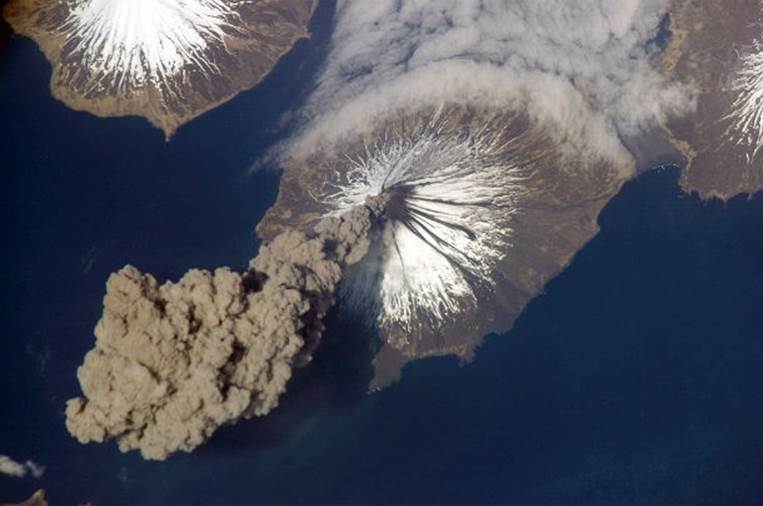
Some have described it as earth’s vomit but this intimidating
yet equally impressive natural phenomenon has been responsible
for one of the biggest natural disasters of all time. Of course
we’re referring to the eruption of Mount Vesuvius, during which
Pompeii (and its 35,000 citizens) disappeared forever.
TSUNAMI

Tsunamis are giant tidal waves caused by earthquakes or
volcanic eruptions under the sea and have become
particularly famous worldwide after the 2004 Indian Ocean
earthquake and tsunami. This disastrous calamity cost the
lives of about 280,000 people in one of the deadliest
natural disasters in modern history.
TROPICAL CYCLONE

A tropical cyclone is a generic term used by meteorologists
to describe a rotating, organized system of clouds and
thunderstorms that originates over tropical or subtropical
waters and has closed, low-level circulation. They can reach
a sustained wind capacity of at least 74 miles per hour. The
most intense wind speed capacity ever recorded is 200
miles per hour (320 km/h) in Hurricane Patricia in 2015.
TORNADO
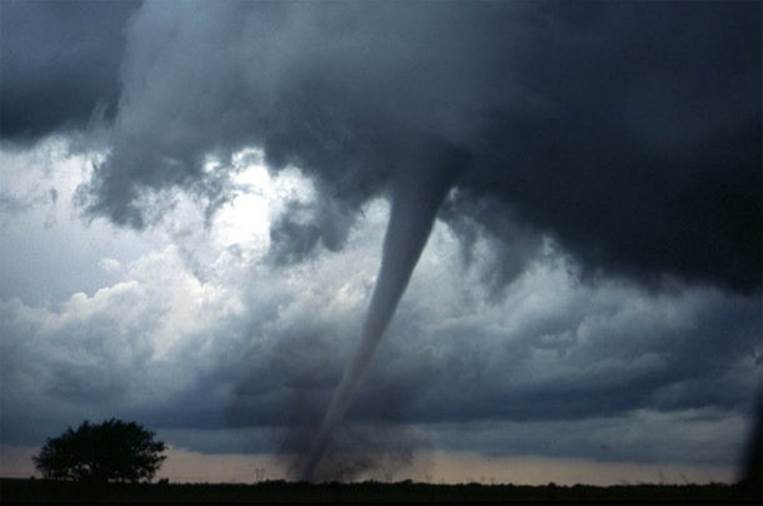
A tornado is a violently rotating column of air that is in
contact with both the earth’s surface and a
cumulonimbus cloud or, in rare cases, the base of a
cumulus cloud. Tornadoes have frequently been the cause
of multiple disasters, including the loss of human life and
they are often called twisters or cyclones, even though the
word cyclone is used more widely in meteorology to identify
any closed, low-pressure circulation system.
SUPERCELL
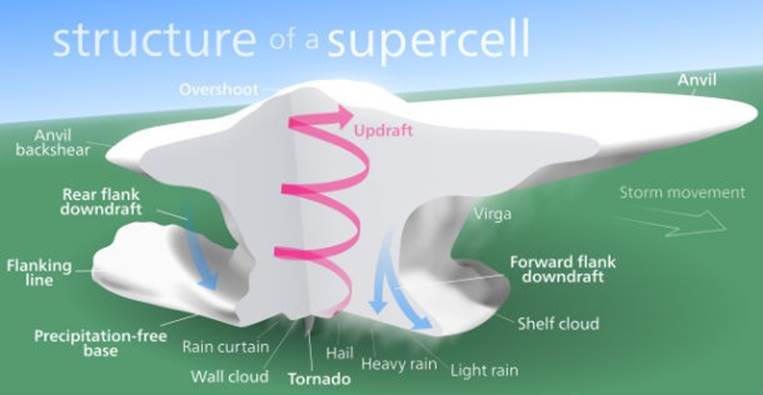
A supercell is a thunderstorm characterized by the presence
of a mesocyclone, which is a deep, constantly rotating updraft.
Because of this, these storms are sometimes referred to as
rotating thunderstorms, and trust us when we say you
don’t want to take a “ride” on one of them.
SQUALL LINE
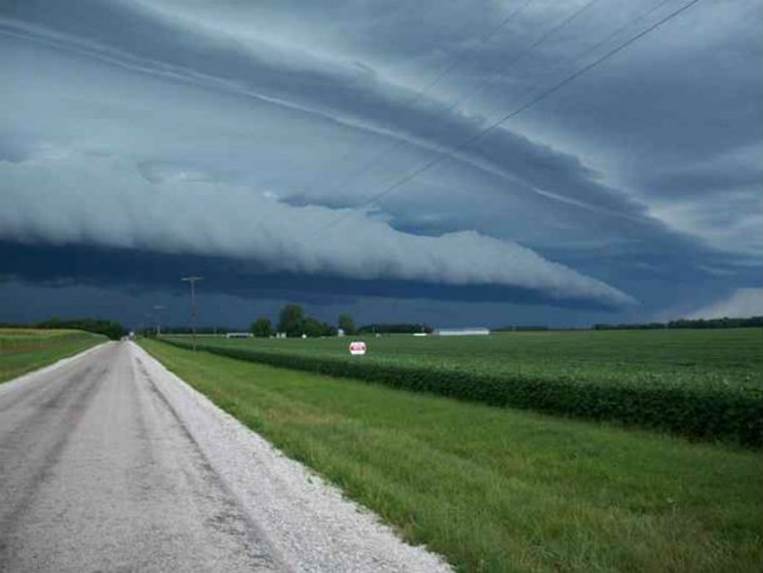
A squall line is a line of thunderstorms that can form along or
ahead of a cold front. In the early twentieth century, the term
was used as a synonym for a cold front. It contains heavy
precipitation, hail, frequent lightning, strong straight-line
winds, and possibly tornadoes and waterspouts.
POLAR VORTEX
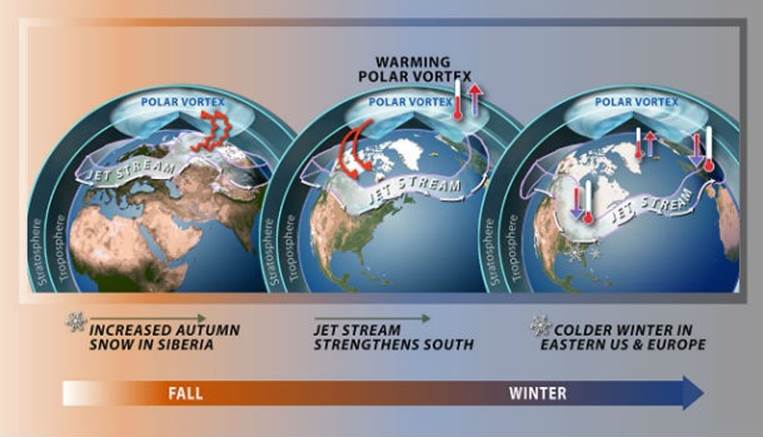
A polar vortex is a large pocket of very cold air, which sits
over a polar region during the winter. There are two polar
vortices on planet Earth, one around the North Pole and one
around the South Pole. Bonus fact, Saturn’s south pole is the
only place in our solar system to host a hot polar vortex.
LIGHTNING
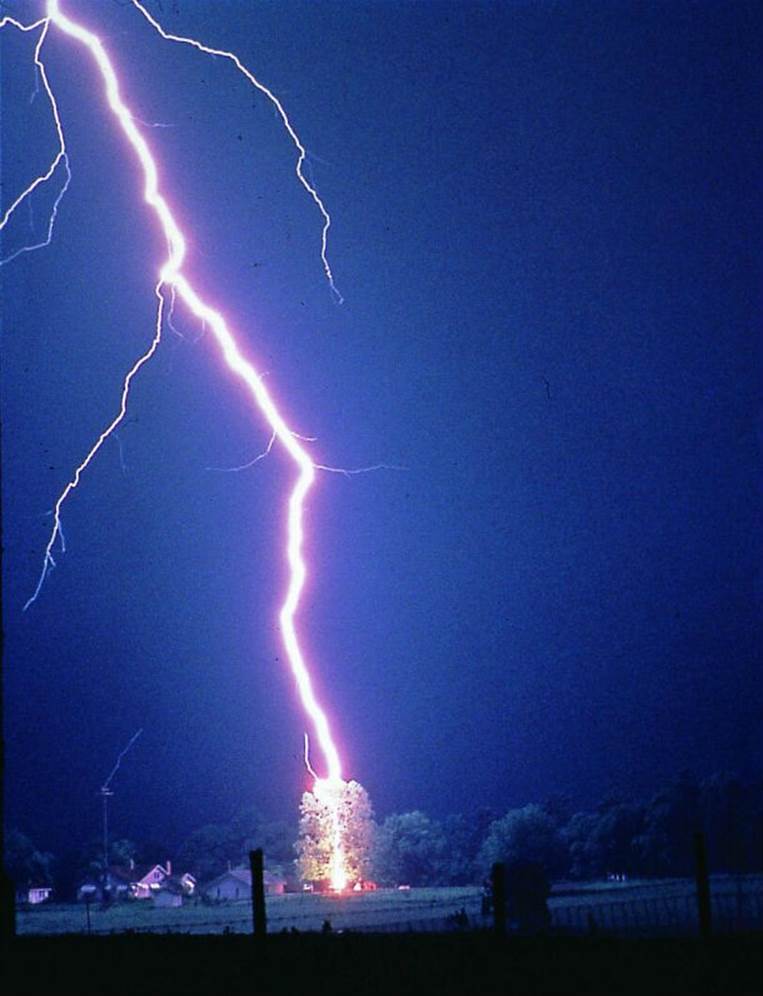
Lightning is a sudden electrostatic discharge during an
electrical storm between electrically charged regions of a
cloud, between one cloud and another cloud, or between a
cloud and the ground (the so-called CG lightning that has
killed many people). They might look fascinating but
lightning strikes have been responsible for killing numerous
people including a whole African soccer team.

Comment on this